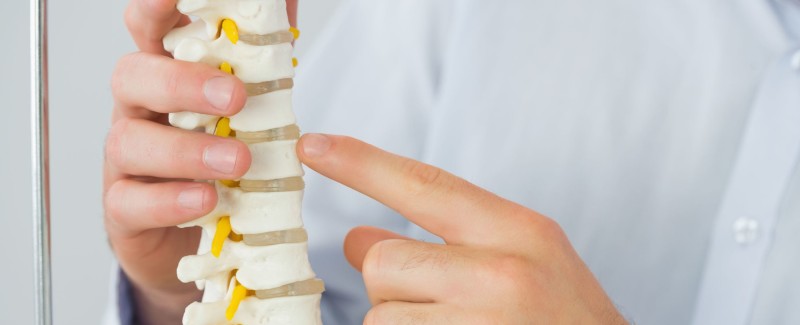Preventing Pressure Ulcers After a Spinal Cord Injury
Category: Spinal Cord Injury | Author: Stefano Sinicropi

A spinal cord injury can take you off your feet for weeks or even months, and while the rest can help your back recover, excessive time in bed or on the couch can leave you susceptible to other problems. Muscles can weaken from lack of activity, but another danger to keep an eye out for is a pressure ulcer. Today, we explain what pressure sores are, and how to prevent them after a spinal cord injury.
Pressure Ulcers on Your Back
For those of you who are unfamiliar with the condition, a pressure ulcer is categorized as a localized area of tissue necrosis that develops when soft tissue is compressed between a bony prominence and an external surface for a prolonged period of time. Essentially, tissue death occurs with the skin gets squeezed between a firm spot inside your body and a hard external surface.
You might think your bed doesn’t qualify as a “hard surface,” but if you are bedridden for days or weeks at a time because of a spinal cord injury, the pressure slowly builds up if you’re not careful. Oftentimes pressure sores develop in certain areas where weight is displaced in a small area, like your elbows, shoulders, hips, lower back, buttock and heels.
Anyone who suffers a spinal cord injury that forces them to remain in bed for an extended period of time is at risk for development of a pressure sore. According to medical data, 39 percent of people who are hospitalized within one year after being discharged for a spinal cord injury are readmitted because of a pressure sore. What’s more, about 25 percent of the total lifetime cost of medical care for a person with a spinal cord injury is related to pressure sores. Clearly prevention is preferred to treatment.
Preventing Pressure Ulcers After an SCI
Pressure ulcers develop for four main reasons: Pressure, shearing, positioning and exposure to moisture. So in order to prevent pressure ulcers, we need to ensure we keep those four factors in mind. Here are some tips to prevent pressure ulcers after a spinal cord injury:
- Change your position frequently while in bed.
- Use cushions or extra padding to distribute weight so one spot isn’t overly pressurized.
- Keep clothes wrinkle free, as wrinkles can cause shearing.
- Don’t slide out of bed or drag your skin against the bed as you enter/exit.
- Inspect your skin each day for redness, soreness or signs of pressure.
- Maintain clean and dry skin
- Change your clothes regularly if you sweat.
If you believe you’re starting to develop a pressure sore, you’ll want to take action immediately. Start by re-positioning yourself to take pressure off the area, or add extra padding to the area if movement is impossible. Check the site regularly to ensure it isn’t getting worse, eat a healthy diet full of vitamins and minerals, and consult with a doctor should symptoms worsen. If you ignore a pressure ulcer, there’s a good chance you could end up back in the hospital!